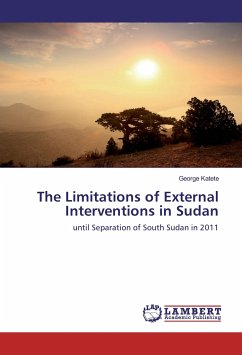The book deals with the patterns of Albanian
emigration to Italy and Greece, and aims to account
for the differences in its size and form. The main
argument is that the interaction of three main
factors, namely the economic situation in Albania,
the permeability of the Greek and Italian borders,
and the immigration policies of these two receiving
countries determine the size and form of the post-
communist Albanian emigration. In particular, it
argues that the permeability of the Italian and
Greek borders determines the costs and risks of the
immigration routes, and consequently the economic
situation of the Albanian households determines how
many can afford which route, and thus the size of
immigration. It further argues that the immigration
law in the receiving countries and the probability
of entering the country again determine the form of
emigration, i.e. whether it is short-term, circular,
long-term, or permanent.
emigration to Italy and Greece, and aims to account
for the differences in its size and form. The main
argument is that the interaction of three main
factors, namely the economic situation in Albania,
the permeability of the Greek and Italian borders,
and the immigration policies of these two receiving
countries determine the size and form of the post-
communist Albanian emigration. In particular, it
argues that the permeability of the Italian and
Greek borders determines the costs and risks of the
immigration routes, and consequently the economic
situation of the Albanian households determines how
many can afford which route, and thus the size of
immigration. It further argues that the immigration
law in the receiving countries and the probability
of entering the country again determine the form of
emigration, i.e. whether it is short-term, circular,
long-term, or permanent.








